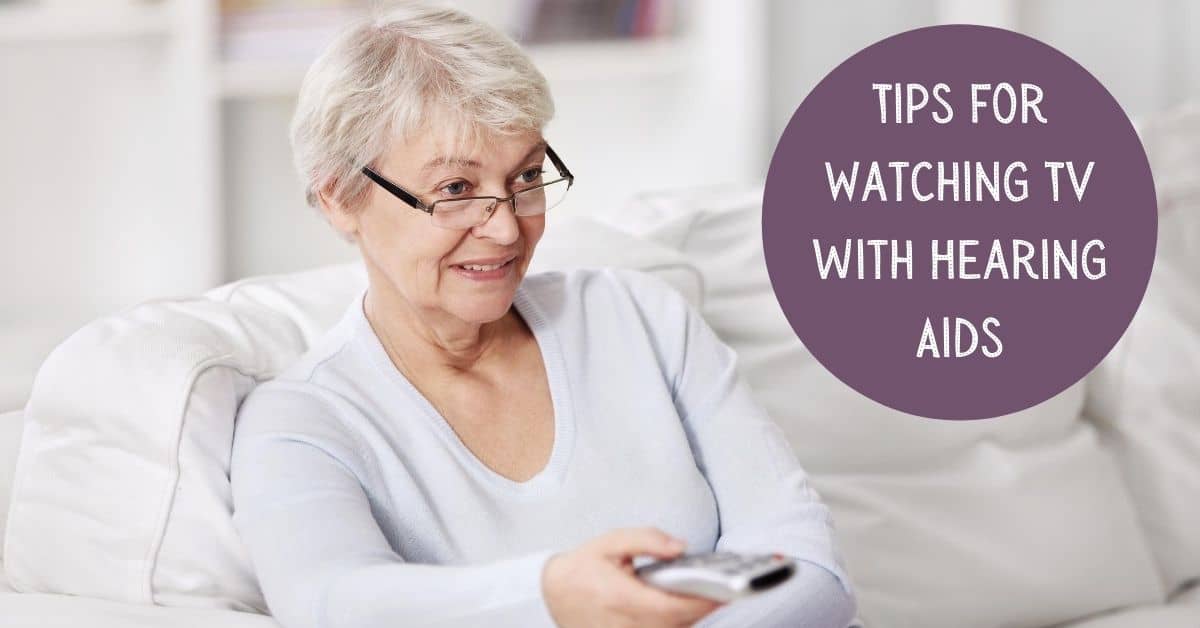
According to a 2018 survey, people with hearing aids watch an average of 370 minutes of TV or video a day, 57 minutes longer than the general population. Despite viewing more TV shows and videos, when watching TV, people with hearing aids often face challenges that reflect the problems they encounter in their everyday lives.
They may try to crank the volume up to compensate for their hearing difficulties, but this quickly becomes more uncomfortable the longer they leave the volume high.
And it’s not just about volume; it is about the clarity of the dialogue within the show. If the conversation takes place in a noisy environment in the show, this noise will also be amplified, meaning the benefits of the increased volume are already lost.
The issue might also be the actors themselves. Several recent shows in the UK have faced a backlash from audiences who are unable to hear the conversation. Named “Mumblegate” has been a controversial subject in recent years.
To help those with hearing loss, a variety of TV hearing aid solutions now exist to improve the TV experience without impacting other people in the house.
Bluetooth
Many of the newer models of hearing aids also come fitted with wireless listening capabilities. Such systems relay the signal to your hearing aids directly from your TV.
They offer range and portability, like other wireless devices. When you go into the kitchen to make a sandwich, you may still be able to hear the music! And they don’t just stream to your TV — they can connect to your smartphone, tablet, and other devices.
A hearing loop
A tv-connected hearing loop system can offer wireless transmission to hearing aids equipped with a telecoil. This can be useful for older model hearing aids, which may not have Bluetooth capabilities.
The loop system delivers clear sound to the hearing aids, essentially turning the telecoil-equipped hearing aids into wireless headphones while reducing background noise.
Closed captioning
When your hearing loss makes following the dialog and the story of what you are watching difficult for you, you could do worse than using closed captions.
These are words shown on a TV, monitor, mobile device, or movie screen, presenting the speech or sound portion of a program using text.
Captions enable audiences to observe a program’s dialog and action concurrently. For people with hearing loss who have residual hearing, captions may make the words spoken easier to understand.
Captions may also include information about who is talking or sound effects that may be important for understanding a news story, political event, or plot.
Adjust your TV settings
You can adjust the sound settings on most TVs. If you want to raise the volume of speech, you can often choose an environment called “News” or “Clear Voice,” which is specifically designed to improve speech.
You can also adjust with your EQ settings if you can’t find one of these individual settings. It lets you manually adjust the sound that comes out of your speakers.
The most straightforward approach to improve speech comprehension is to bring down the bass and raise the treble. Bass sounds are low and powerful, and sometimes overshadow the subtle sounds, like humans’ speech. Also, most mild to moderate hearing loss is high-frequency in nature, so raising those high frequencies will go some way to compensate.
Use your hearing aids.
Even without devices such as audio loops or streaming features, today’s cutting-edge hearing technology is better than ever at helping you hear better. From curbing background noise to adapting to different listening conditions, they can offer improved hearing for whatever situation you find yourself in.
Working with an expert in hearing care means the hearing aids are designed to suit your particular needs! If you think you have hearing loss and think you could benefit from hearing aids, come and talk to us today! We can test your hearing and help you find a device that will help you get back to binge-watching your favorite shows.
